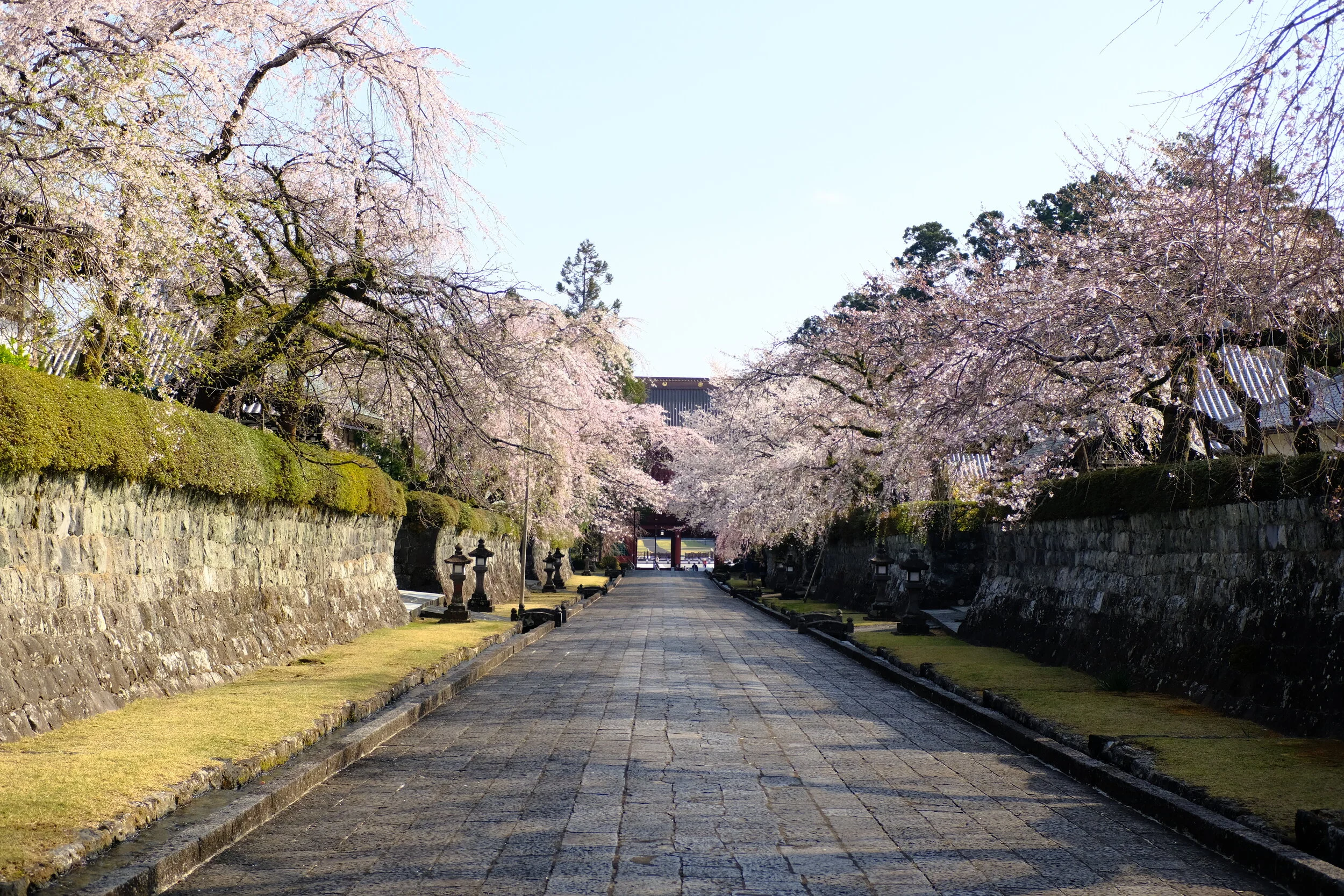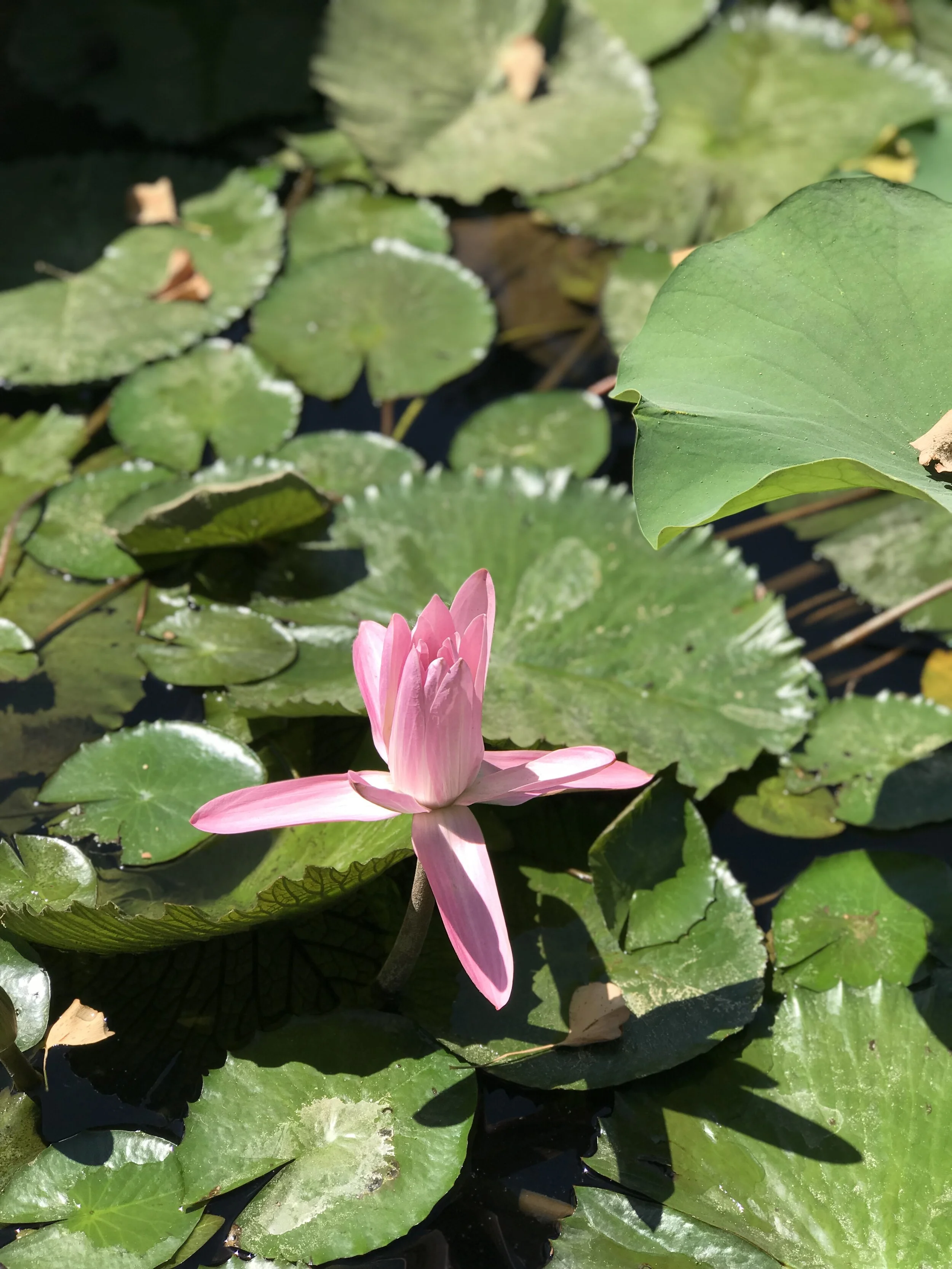When we practice to the Gohonzon with faith, the great life condition of Buddhahood will manifest in the depths of our lives. We can expiate our negative karma from the past and experience it as a lesser effect.
Read MoreFrom the standpoint of Buddhism, especially from the perspective of Nichiren Daishonin’s Buddhism, there is a deep causal relationship that exists between common mortals and their immediate environment. It is said that this relationship can cause disasters to arise.
Read More…actions from our past existences become causes that manifest as good and bad fortune in the present, and actions in this life become the causes that lead to effects in the future.
Read MoreIn Buddhism, while it is taught that there are Four Sufferings from which no one can escape – birth, old age, sickness, and death – there are many other hardships and worries, in addition to the above mentioned four, with which we are constantly beset in our daily lives.
Read MoreThe fundamental meaning of the term “Middle Path” is to walk the indivisible middle way, not only unswayed by such extremes as suffering and pleasure, existence and void, or impermanence and eternity, but also based on correct Buddhist wisdom, which comprehends that all things manifest and become extinct because of causal relationships.
Read MoreThe “eight winds” are eight influences that agitate and inflame the human heart and mind. They consist of four favorable circumstances (prosperity, honor, praise, and pleasure) and four setbacks (decline, disgrace, censure, and suffering).
Read MoreThe Buddha expounded his teachings in order to reveal the True Law that leads to Buddhahood, so that people could practice those teachings and manifest the Buddha nature within their own lives. The True Buddha Nichiren Daishonin revealed that the entity of that Law is embodied within the five and seven characters of Nam-Myoho-Renge-Kyo.
Read MoreShakyamuni's father was Suddhodana, king of Kapilavastu castle, and his mother was the king's wife, Queen Maya. The story spread that at birth, the crown prince walked seven steps and proclaimed, "I alone am honored throughout heaven and earth."
Read MoreThe word “Buddhism” carries two meanings: “teachings expounded by the Buddha” and, “teachings for becoming a Buddha.” Further, there are various explanations of the word “Buddha,” depending on the sutra being examined, and the word is not necessarily limited to Shakyamuni, who made his advent in India.
Read MoreBuddhism teaches that one’s attachment to the idea that “the self equals the ego” is an incorrect view, and strongly urges people to get rid of that idea, since it is an illusion of thought. Ill feelings like hatred and jealousy actually arise out of a type of illusion of thought called egocentric views.
Read MoreSeeking mind means to summon a deep desire to part with shallow whims and attain the supreme enlightenment, to deepen your spirit to seek the Way and follow the path of faith, because you have been able to embrace faith in the Three Great Secret Laws.
Read MoreThe Daishonin teaches that life is the greatest treasure. It must be respected, and if there is any possibility to extend one’s life by even a day, this is equivalent to 10,000,000 coins of gold. This is not only true for human beings—life is the greatest treasure for all living beings in the sentient world.
Read MoreAll matters and circumstances that exist in our society have both a differentiating aspect and a common and equal aspect. The “emptiness of all phenomena” refers to explaining the Law from the standpoint of viewing all things as being equal.
Read MoreAs a means of clarifying the true entity of all phenomena, the Great Master T'ien-t'ai explains these three aspects as the "Three Truths of Ku, Ke and Chu" (non-substantiality, temporary existence and the middle ground).
Read MoreToba memorial tablets are inscribed for the Urabon Ceremony, on the anniversaries of those who have passed away, or anytime a memorial service is performed. Since the Toba Memorial Service is an important part of Nichiren Shoshu practice, all members should know its origin and significance.
Read MoreWhile it’s tempting in times of abundance to slacken in your life’s discipline, this parable explains why we should never lose our sense of gratitude and our strong Buddhist practice.
Read MoreWhen practicing Buddhism, we are changing our Karma. Karma, is commonly thought of as the things you see show up in your life as the result of actions you’ve taken in the past. In Buddhism we come to learn the great depths of Karma and how, as we change our Karma, we can transform our lives in profound ways. This lecture by Reverend Jisei Nagasaka, Chief Priest, Daihozan Myosetsuji New York, shares more about this profound concept.
Read MoreWhen we practice Nichiren Shoshu Buddhism, we all receive great benefits. One person does not receive more than another for their practice. In this Oko Lecture, Reverend Takano, Chief Priest, Myohoji Temple explains the Parable of the Three Kinds of Medicinal Herbs and Two Trees that illuminates the great benefits of Buddhist Practice.
Read MoreThere are four essential powers required to accomplish the attainment of Buddhahood, the ultimate goal of our lives, and to have our other desires realized. They are called the “Four Powers of the Mystic Law.” Reverend Takano, Chief Priest of Myohoji Temple, shares more about these four powers in this Oko Lecture.
Read More


















